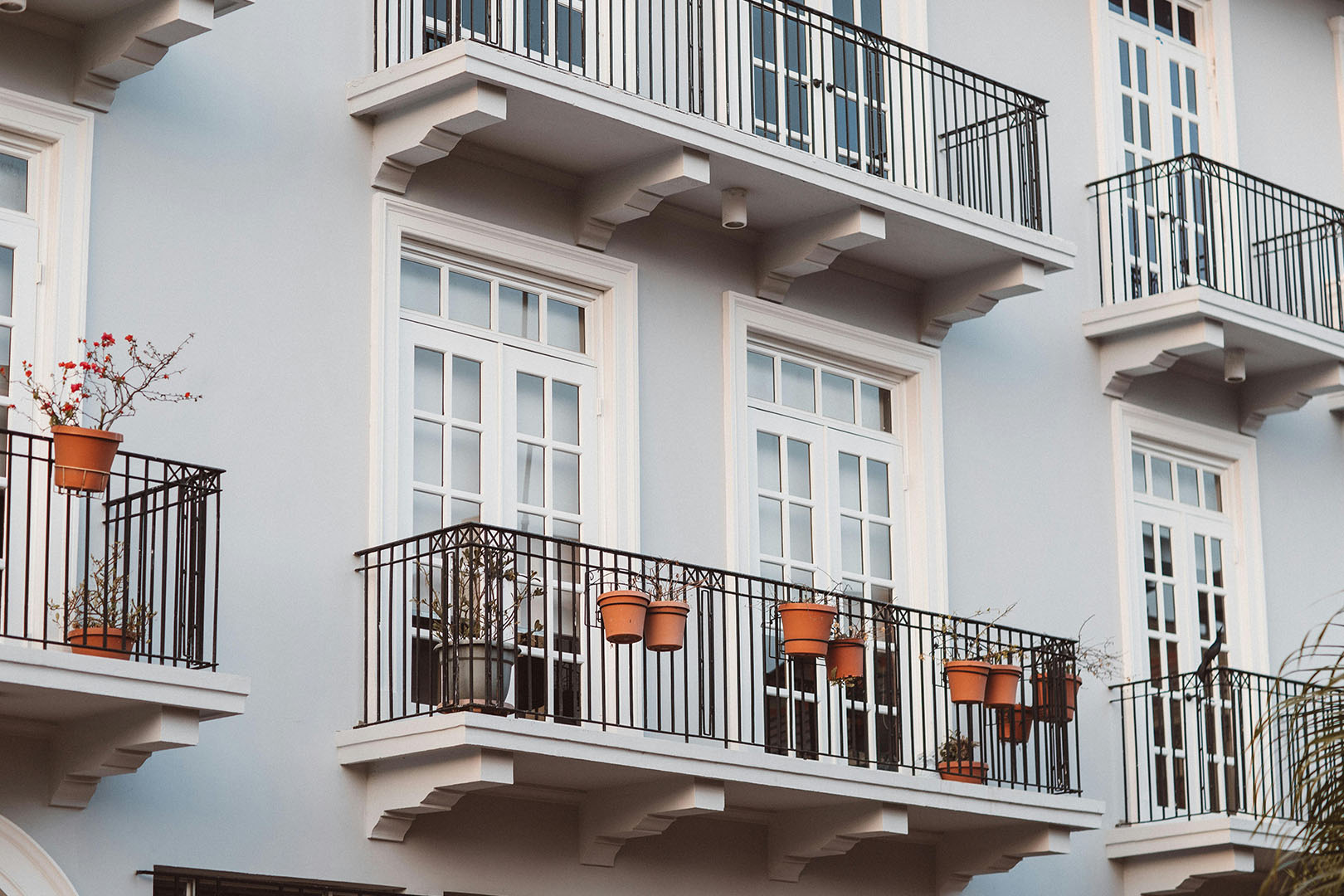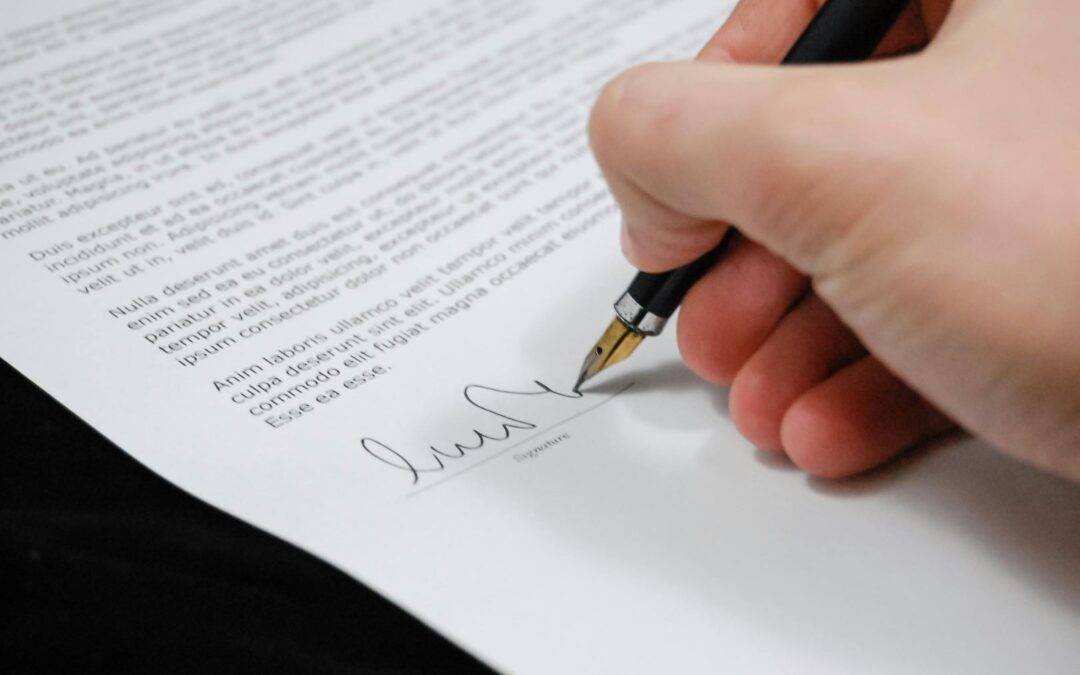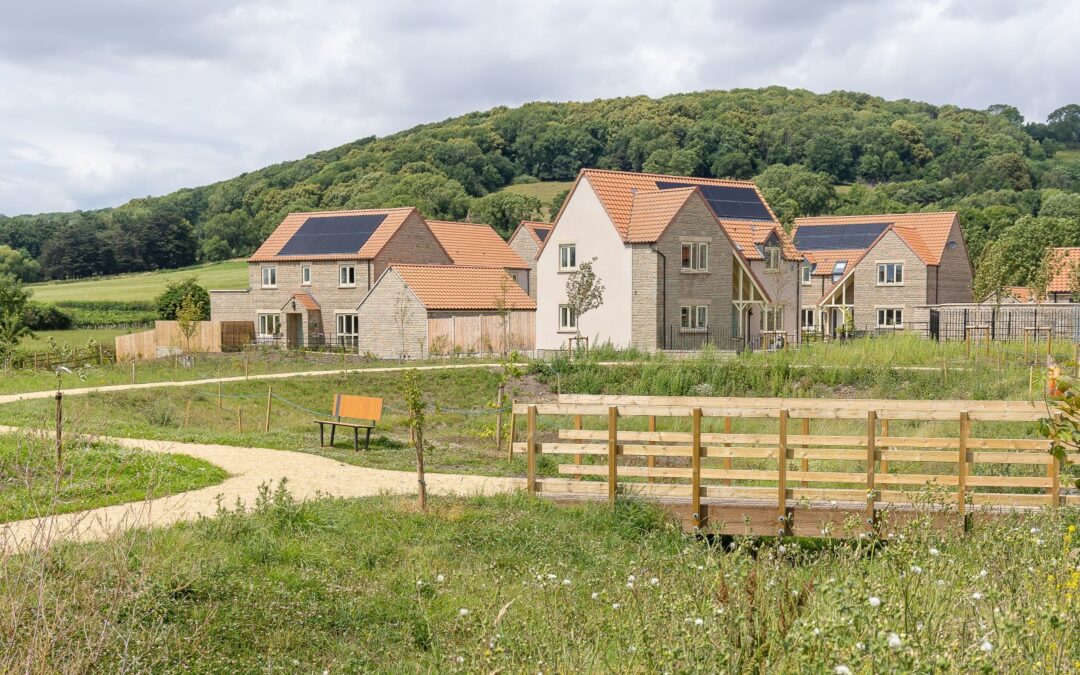We’ll explore what it means to buy a leasehold property and how it differs from freehold ownership.
When buying a property, you’ll encounter the terms ‘leasehold’ and ‘freehold’. Leasehold ownership is an arrangement that grants you the right to occupy and use a property for the specified period of time.
Unlike freehold ownership, where the buyer owns the property and the land it’s situated on, leasehold properties involve a lease agreement with the freeholder who retains ownership of the land. Leasehold agreements are typical when buying flats in particular, since you’ll own your home but not the building itself or the land it sits on.
Let’s explore everything you need to know about buying a leasehold property so you’re fully prepared when the time to buy comes…
- What is a leasehold property?
- Why would anyone buy a leasehold property?
- What are the limitations of buying a leasehold property?
- Is a leasehold property harder to sell?
- What is ground rent for leaseholders?
- How do you extend a lease?
- 7 Top tips for buying a leasehold property
Key takeaways
Buying a leasehold property is not unusual, especially if it’s a flat you’re after. And as long as you have a long lease, it shouldn’t impact you too much in the grand scheme of things and even have some benefits, such as lower purchase prices. That said, freehold properties are often more desirable since some restrictions may apply to leaseholders and services fees are common.
What is a leasehold property?
A leasehold property is owned for a fixed period of time, which will depend on the length of the lease but is typically between 90 and 125 years. While the leaseholder owns their home, they do not own the land it’s built on. For flats, this also means that they also do not own the building.
The rights of the leaseholder will be outlined in the contract or lease when you buy. This is governed by the freeholder, also known as the landlord.
What is a freeholder?
A freeholder owns the land that the property sits on, or in the case of flats, the building it sits within as well. While not always the case, the freeholder is also typically in charge of maintaining the communal areas, such as entrances, halls, staircases, gardens, exterior walls, and the roof.
Why would anyone buy a leasehold property?
Buying a leasehold property can be a practical and appealing option to homebuyers for several reasons, despite having some drawbacks that we’ll get into later. Here are some of the key reasons why people choose to purchase a leasehold property:
1. Benefit from lower purchase prices
Leasehold properties are often more affordable than freehold properties, particularly in urban areas where freehold homes may be scarce and expensive. This lower cost can make homeownership accessible to more buyers, especially first-time buyers with lower deposits to work with.
2. Buy homes in desirable locations
Many leasehold properties, especially flats, are located in city centres or other highly desirable areas. These locations can offer conveniences such as proximity to work, public transportation, schools, and other amenities.
3. Maintenance and management is covered
Leasehold properties, particularly in apartment buildings, often come with the benefit of shared maintenance and management services. While there is usually a service fee to pay, the freeholder or a management company handles the upkeep of common areas, exterior repairs, and other shared responsibilities, which can simplify living for leaseholders and ensure there’s one less thing to think about.
4. Community-building and access to amenities
Leasehold developments sometimes include communal amenities such as gyms, pools, and concierge services, which may be more readily available in leasehold setups than in individual freehold homes. This is especially popular in new build flats, which more-than-often come with state-of-the-art amenities.
5. Security of tenure
Leasehold properties generally come with long leases (often 99 years or more), providing a secure right to occupy the property for the lease term and the leaseholder is unlikely to outlive the lease. While the lease eventually expires, leaseholders sometimes have the right to extend the lease or even purchase the freehold, which is beneficial if your dream home comes with a shorter lease period.
6. Potential for future freehold acquisition
Leaseholders can go through a process called enfranchisement, which enables you to extend the lease period or purchase a share of the freehold.
What are the limitations of buying a leasehold property?
While leasehold properties offer numerous benefits and are a common choice for many, there are some drawbacks to be aware of:
1. Ownership durations
Lease ownership is time-limited and as the lease shortens, the value of the property may fall. Not to mention, leases can expire. Make sure to read your lease carefully before signing a contract and seek professional advice where necessary.
2. Ground rent and service charges
As mentioned before, ground rent and service charges are often required for common areas and building upkeep. We recommend that you check your finances to ensure that you can afford these extra costs, especially as they can increase as time goes on.
3. Restrictions of use and modifications
Leaseholders often need permission from the freeholder to make significant alterations to their property. This can include structural changes, extensions, or even minor modifications, depending on the terms of the lease. The same goes for subletting, running a business from your home, or even keeping pets!
4. Lease extension costs
If you’re able to extend your lease, note that there could be costs associated with this, including the payment for the additional lease term, as well as legal fees, or sometimes even a premium to the freeholder.
5. Potential for disputes
Although not always the case, leaseholders may encounter disputes with freeholders over issues like service charges, repairs, or permission for alterations. Resolving these disputes can be time-consuming and costly. That said, in apartment buildings particularly, leaseholders can team together to dispute issues and cut costs by seeking legal advice collectively.
Is a leasehold property harder to sell?
There is no one answer to this question. In many cases, no, a leasehold is not harder to sell as long as it has a long lease of more than 90 years remaining. Most buyers interested in purchasing a flat will expect to be looking at a leasehold property and it should not impact their interest.
However, in some cases, a leasehold property can be slightly more challenging to sell compared to a freehold property with one of the most significant factors affecting the sale of a leasehold property being the length of the remaining lease. Properties with short leases (typically under 80 years) can be extremely difficult to sell because mortgage lenders have minimum lease term requirements and the lower property value is less attractive to buyers.
What is ground rent for leaseholders?
Ground rent is the payment made by a leaseholder to the freeholder when living in a leasehold property. This payment will be stipulated in the lease agreement and is a condition of occupying the property. Different from service charges or maintenance fees, ground rent is generally a very small fee. Ground rent can be so insignificant and simply exists as a means to make the contract legally-binding. It can sometimes be known as peppercorn rent, as historically people would trade peppercorns to validate the contract.
How do you extend a lease?
When it comes to extending your lease, there are two routes you can take:
1. Statutory route: the legal process that grants leaseholders the right to extend their lease under specific terms and conditions. It can also be known as a Section 42 notice and will provide entitlement to a 90-year lease extension added to the remaining term, as well as the ground rent reduced to a nominal ‘peppercorn’ fee.
The leaseholder will serve a formal notice and propose a premium for the extension. The freeholder will then respond in agreement or proposing alternative terms. If both parties cannot agree then it will be taken to a tribunal for resolution.
2. Non-statutory (informal) route: this route involves negotiating directly with the freeholder outside of the framework of statutory law. As such, this is less regulated and more flexible, however, comes with fewer protections and higher risks. The terms, such as extension length and changes to ground rent are completely negotiable, and without formal notices or deadlines, the process can be a lot quicker.
Whichever route you choose, we recommend seeking professional advice to avoid legal complications.
7 Top tips for buying a leasehold property
1. Check lease length
Always check the length of the lease with the estate agent before buying a property, but how long should a lease be when buying a flat? Ideally, you should be aiming for a length of at least 80 or more years, but over 100 years is even better to reduce the likelihood of requiring an extension.
2. Ensure you have the funds
If you think you’ll need a lease extensive, make sure you have the necessary funds to do so as it can often cost more than £10,000.
3. Do your research
A leasehold property that looks too cheap to be true, might just be that. Do some extra research to find out whether a lease extension is required and factor this into your offer price.
4. Get the ball rolling as soon as possible
If you know the property will require a lease extension in the next few years, start the extension process as soon as possible; because this can take time to come into effect.
6. Double check your terms and conditions
Check the terms of your lease and then check them again. Avoid any nasty surprises and ensure your conveyancer informs you of any restrictions, such as pet bans or extortionate ground rent or maintenance fees.
6. Look at insurance quotes
Ask about insurance costs as it is likely you’ll have to cover your share of building’s insurance with the freeholder.
7. Know your permitted development rights
If you’ve got big plans to extend or modify your new home, note that permitted development rights do not apply to leaseholders and a challenging process lies ahead if your freeholder opposes your plans.
Start your journey to homeownership
Browse thousands of new homes for sales across the UK and make your dream of homeownership a reality.
OnTheMarket. Because your property search just got serious.






